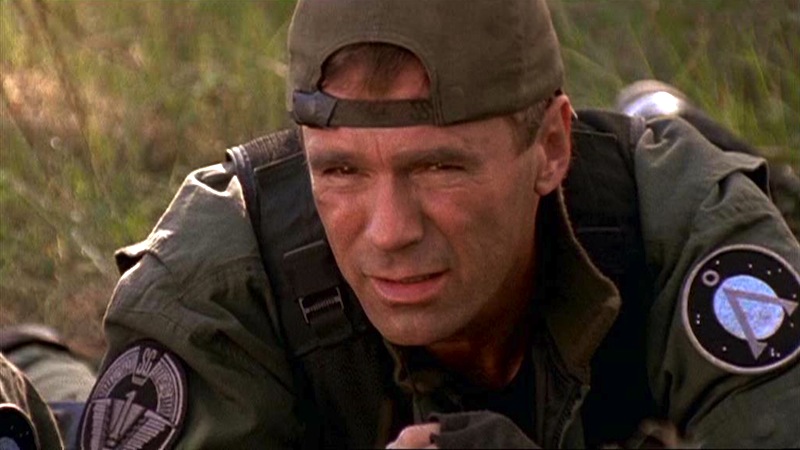Stargate SG-1 Season 2
Executive producers: Jonathan Glassner & Brad Wright, Michael Greenburg, Richard Dean Anderson
Original air dates: June 26, 1998 – March 12, 1999
Mission briefing. With the help of Bra’tac, SG-1 is able to stop Apophis’s invasion of Earth by destroying both Goa’uld motherships. However, Apophis and Klorel both escape unharmed (which means Skaara is still a Goa’uld). Meanwhile, Jackson returns to Abydos a year after leaving as promised to say that he hasn’t found Sha’re—but Sha’re finds him, and she’s pregnant. Apophis’s host has impregnated Sha’re, and their child is born and kept hidden on Abydos away from Apophis and Amaunet (who are tricked into thinking Heru’ur has him).
Speaking of Heru’ur, he’s one of two new Goa’uld system lords we meet this season, the other being Sokar, both of whom are enemies of Apophis. Jackson tries to convince Heru’ur to ally with Earth against Apophis, but Heru’ur wants to subjugate Earth just as much as all the other bad guys. As for Apophis, he brainwashes Teal’c’s son Ry’ac, and then later is defeated by Sokar and left for dead. Hathor also returns, hoping to use SG-1 to gather intelligence on the other system lords.
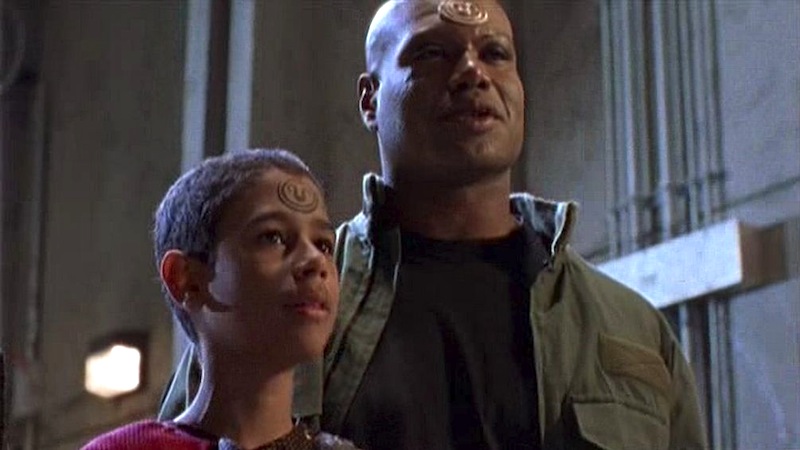
SG-1 deals with several non-Goa’uld threats as well. There’s the Re’tu, who exist out of phase with reality; the A’t’trr Orb that impales O’Neill and infects the SGC with a virus; Linea, a scientist with a horrid past; and an alien bug that infects Teal’c. Plus, the NID is back, and they’re upping their game, including using the second Stargate to run offworld operations, stealing alien technology from allies and enemies alike.
Some aliens are also not quite what they seem. The “spirits” who guide the Salish people seem antagonistic, but turn out to be simply protective. Machello should be an ally of the SGC—he’s been fighting the Goa’uld his whole life—but now that he’s dying, he wants to stay alive and so uses his technology to exchange bodies with Jackson. And the Terellans seem like allies, but they do keep three-fourths of SG-1 as slave labor and keep running Jackson through the sarcophagus until he becomes addicted and deranged.
And sometimes, SG-1 doesn’t have so much a foe to fight as a problem to solve. When SG-10 connects the gate to a world near a black hole, it endangers the entire planet, and a solar flare provides SG-1’s first wacky time travel adventure, as the gate accidentally sends them to 1969, where they meet a very young Lieutenant George Hammond. And a crashed UAV accidentally unleashes a virus.
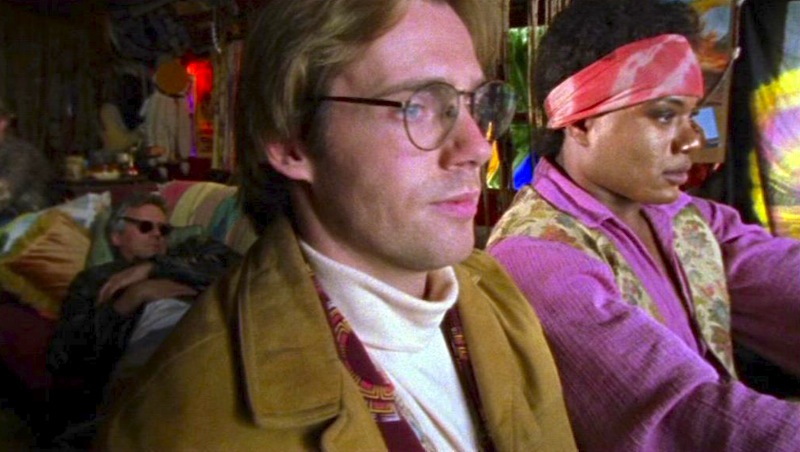
The SGC also makes two critical new allies in this season: a device attaches itself to O’Neill that downloads the language of the Ancients into his brain, and enables him to make contact with the Asgard, finally. In addition, Carter seems to be possessed by a Goa’uld, but it turns out to be a Tok’ra—the same species as the Goa’uld, but they blend with willing hosts and share their bodies rather than suborn them, and fight the system lords covertly. Jolinar of Malkshur sacrifices her life to save Carter’s, and the memories she leaves behind enable SG-1 to track the Tok’ra down. Both the Asgard and the Tok’ra will prove to be valuable allies.
In addition, the SGC gets their hands on more zat’ni’katels (or “zats” as O’Neill prefers) and discover the Gamekeeper’s virtual reality pods, the Ancient repositories, various cool bits of Tok’ra technology, the incredibly hard and dense metal trinium, the Transphasic Eradication Rods that can make invisible things visible, and memory recall devices that can trigger all kinds of flashbacks.
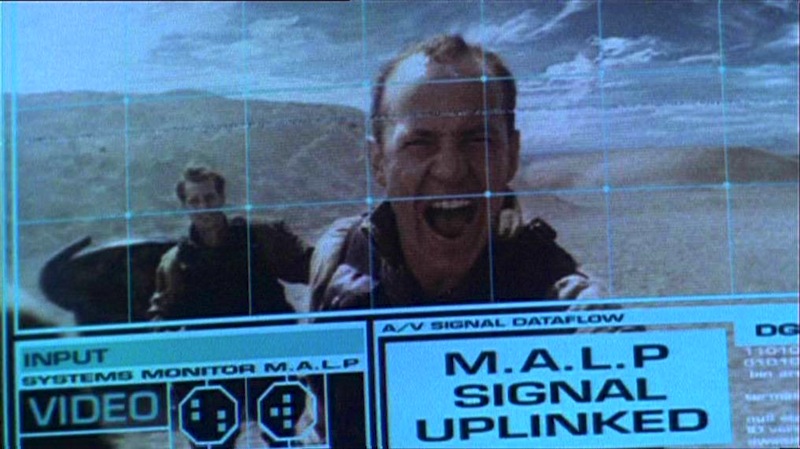
Best episode: “A Matter of Time.” The prototypical SG-1 episode, and the type of story that this franchise does particularly well: a problem-solving storyline that involves a good use of real science (in this case the temporal distortion of the event horizon of a black hole).
Honorable mentions: “The Serpent’s Lair,” an action-packed conclusion to the season-ending cliffhanger, and one that’s worthy of its predecessor (and which came very close to earning the top spot). “In the Line of Duty” and “The Tok’ra” two-parter are also fantastic introductions to an ally that expand the texture of the series in so many ways.
Other strong entries are “The Fifth Race,” a good introduction to the Asgard and a great vehicle for Richard Dean Anderson; “Serpent’s Song,” an equally great vehicle for the underrated Peter Williams as the dying Apophis; “Holiday,” a nice twist on the clichéd body-switching episode, mostly for the revelatory work by Anderson, Michael Shanks, and especially Christopher Judge, whose impersonation of Anderson is stupendous; and “1969,” which is pure cheese, but it’s yummy cheese, and worth it just for the costuming.
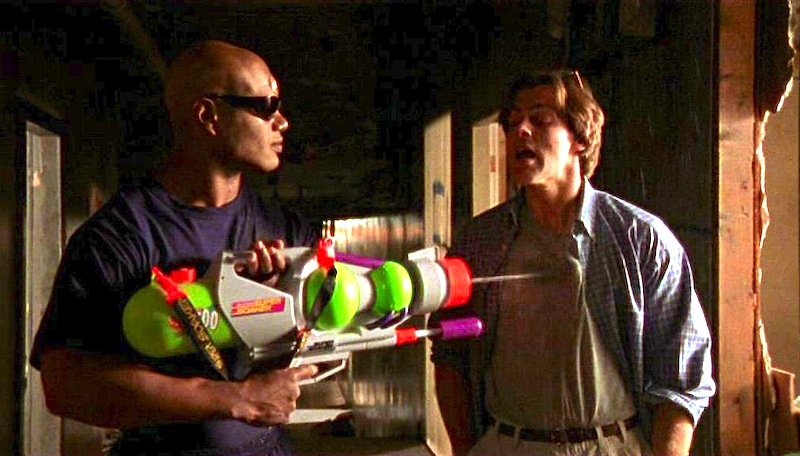
Worst episode: “Bane.” If it weren’t for the final shot of Teal’c hitting Jackson with the squirt gun, this episode would have no redeeming social value whatsoever. As it is, it’s a cliché-ridden mess that is best left forgotten.
Dishonorable mentions: “Spirits,” which has a borderline offensive Native caricature in Rodney A. Grant’s Tonane, and “Out of Mind,” ending the season on an uninteresting clip-show. Where season one’s clip show, “Politics,” actually served a plot function, “Out of Mind” is obvious budget-saving filler.
Can’t we just reverse the polarity? While we do have the cliché of the evil scientist in Linea, we also get plenty of opportunities for Carter to solve problems with science, most notably in “A Matter of Time,” “Message in a Bottle,” “Holiday,” and “1969.”
For cryin’ out loud! O’Neill has divergent reactions to the Asgard and Tok’ra. It helps that the Asgard actually saved him from the Ancient repository that was core-dumped into his brain, while the Tok’ra’s introduction to the team was to, in essence, kidnap Carter. Plus, the Tok’ra are a little too similar to the Goa’uld for O’Neill’s taste.
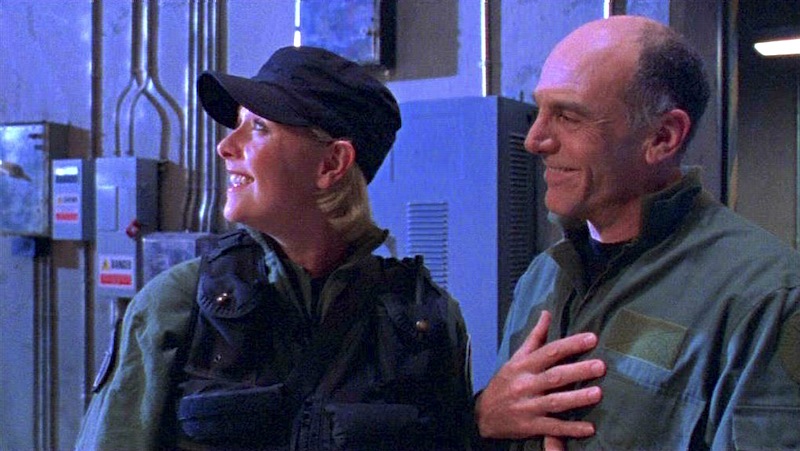
It might work, sir. We meet Carter’s father, and find out he’s dying of lymphoma. However, he blends with a Tok’ra and is cured—not just of the cancer, but also of his arthritis. Carter also continues to feel the aftereffects of her temporary blending with Jolinar, the naquadah in her blood giving her certain abilities and protections, as well as Jolinar’s memories occasionally burbling to the fore.
I speak 23 different languages—pick one. Jackson finally finds Sha’re, and even is able to speak to her directly—because of the pregnancy, Amaunet is subdued, but as soon as the child is born, Amaunet returns to the fore. He tricks Amaunet and hides the child away, but he has yet to be properly reunited with his wife.
We also learn that Jackson’s parents died in an accident in a museum when he was very young.
Indeed. Teal’c’s family is used against him, as Ry’ac is brainwashed into trying to destroy Earth for Apophis. (Apophis will later use this technique on Teal’c himself.) He also gets infected by an alien bug.
You have a go. We find out that Hammond actually first met SG-1 in 1969 as a lieutenant, and you wonder how much that long-ago meeting has affected his actions—not to mention his confidence in SG-1’s ability to survive certain death at times like in “The Serpent’s Lair.”
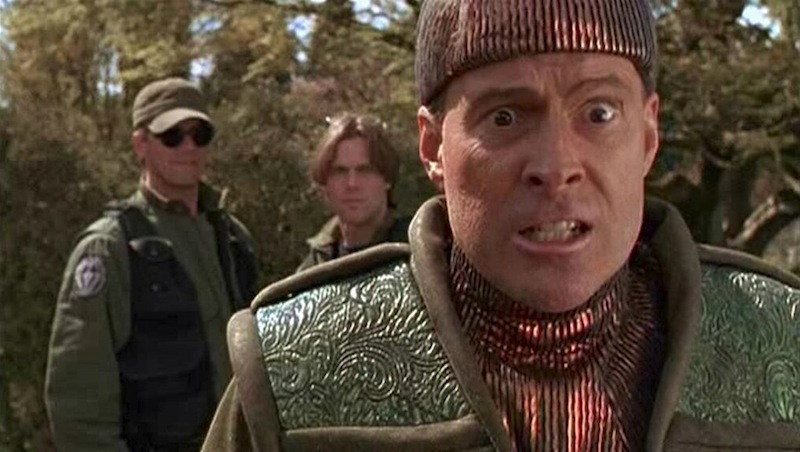
Wayward home for out-of-work genre actors. Dwight Schultz, best known as Murdock in The A-Team and Barclay in the various Star Trek spinoffs, shows up as the titular character in “The Gamekeeper.” Sarah Douglas, best known as Ursa in Superman and Superman II, plays Garshaw in “The Tok’ra” two-parter. Also Michael Shanks does double duty as Machello in “Holiday.”
Trivial matters. Erick Avari reappears as Kasuf in “Secrets,” reprising the role from Stargate; along with Alexis Cruz as Skaara, he is the only actor to play the same role in both film and series.
Hathor, Apophis, Klorel, and the NID (and the antagonistic Colonel Harry Maybourne, played by Tom McBeath) all return as bad guys. Recurring characters Jacob Carter, Martouf/Lantash, and Heru’ur are all introduced (as is Sokar, though we never see him). We get the final appearance of Samuels in this timeline, though an alternate timeline version of him will return in “Moebius.”
Richard Dean Anderson won a Saturn Award for Best Genre TV Actor for his work in this season.
The effects of a sarcophagus on a healthy person are seen in “Need,” which goes a long way toward explaining why the Goa’uld are nuts. (Tellingly, the Tok’ra never use sarcophagi.)
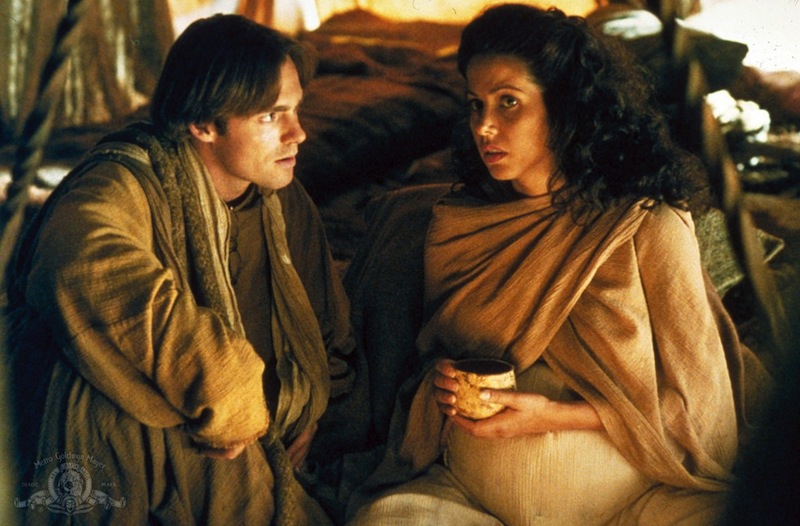
Vaitiare Bandera was actually pregnant when “Secrets” was shot, so Sha’re’s pregnancy was very realistic. During the labor scene, Michael Shanks (who was the father of the kid) kept joking between takes, “Don’t come yet, baby!”
Colleen Rennison, who plays Allyson in “Bane,” will later take over the role of Cassandra. In this season (and the first), Cassandra is played by Katie Stuart (and also Pamela Perry appears as the Cassandra of 2089 in “1969”).
Teryl Rothery establishes herself pretty firmly as a recurring regular, as she’s the only person not in the opening credits to appear in more than half the season’s episodes as Dr. Janet Fraiser.
Chevron seven locked. While the first season introduced a whole bunch of things, the second season settled down and really started to expand the universe. Besides giving us two more Goa’uld in Her’ur and Sokar, we also meet the Tok’ra, a Fifth Column of Goa’uld offshoots who are also fighting the bad guys. In addition, we get Carter’s father, Jacob, who becomes a Tok’ra, cementing the alliance and giving us a most excellent recurring actor in Carmen Argenziano.
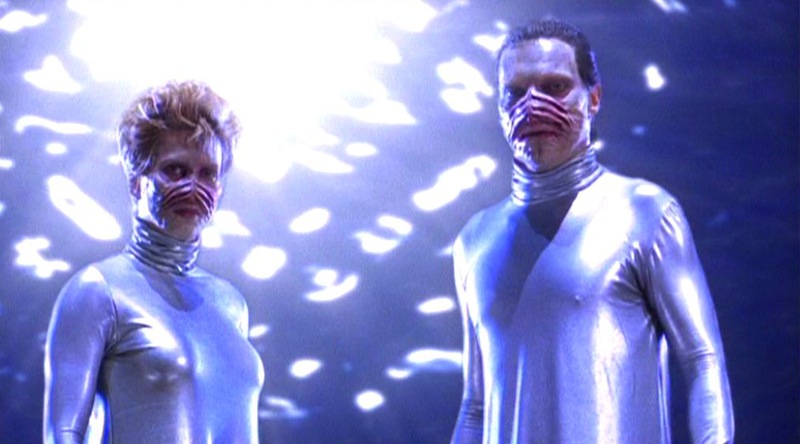
They tried to introduce a whole bunch of different alien threats—the aliens in “Spirits,” the Re’tu in “Show and Tell,” the bug in “Bane,” the orb in “Message in a Bottle”—but none of them were as compelling as the Goa’uld. Part of that is the fact that those other threats can be found on any show—they none of them would be out of place on Star Trek or The Outer Limits. But the Goa’uld (and the other characters that grow out of the war with them, like the Jaffa, the Tok’ra, Machello, etc.) are uniquely Stargate, with the aggressive tie between Earth mythology and alien culture. Even the Asgard are a wonderfully Stargate-ish twist on the “grays” of UFO lore.
More and more it becomes clear that the show’s bread and butter are shows that either focus on the war against the Goa’uld or shows that specifically show the consequences (good and bad) of travelling through the Stargate (like “A Matter of Time”).
The writers also let the actors stretch some more. Amanda Tapping gets to play a second role, as Jolinar, in “In the Line of Duty,” and the other three get to imitate each other (and in Michael Shanks’s case, play a second role) in “Holiday.” Peter Williams and Vaitiare Bandera both get more to chew on than usual in, respectively, “The Serpent’s Song” and “Secrets.” And Tom McBeath gets the chance to show that there’s more to Maybourne than a nasty bureaucrat—that character will develop into one of the show’s stronger antagonists, and it’s all due to the verve McBeath brings to the role.
There’s nothing that stands out about this second season, none of these episodes will ever be listed among SG-1’s best. But aside from “Bane,” there’s nothing actively offensive here. It’s a solid season of episodes from a show that has wasted little time in finding its footing.
Keith R.A. DeCandido is hard at work on Kali’s Wrath, an SG-1 novel taking place in the fifth season. His Carter-and-Teal’c story “Time Keeps on Slippin’” can be seen in the anthology Far Horizons.










